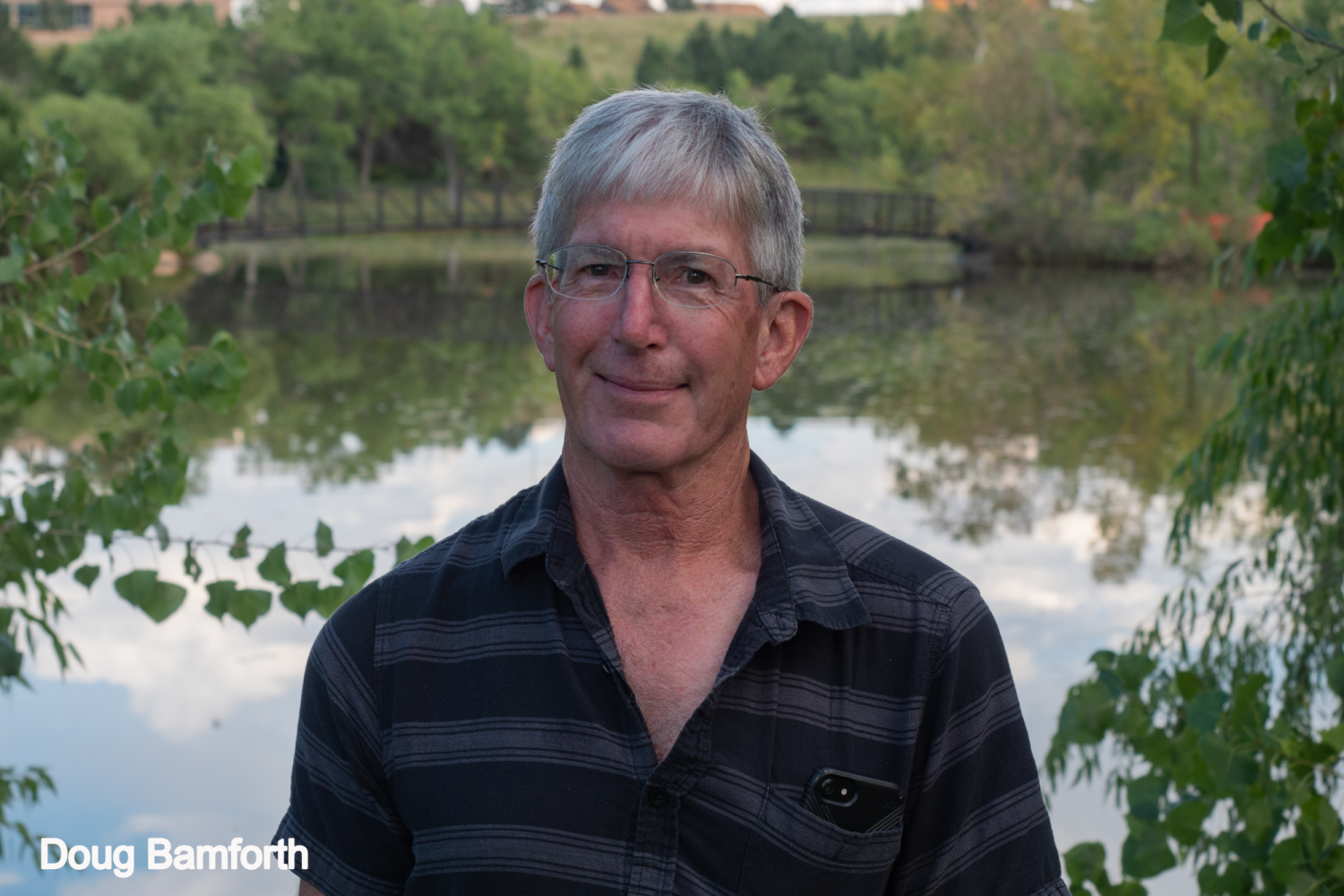Doug Bamforth
- Professor
- (PH.D.
- U. OF CALIFORNIA
- SANTA BARBARA
- 1986)

I am an archaeologist who works mainly on the Great Plains; I have also worked in the Colorado mountains, coastal California, the California desert, the Great Basin, Germany, and Ireland. I have a major technical interest in the study of how ancient people made and used stone tools. My research has focused on how human use of the Plains landscape responded to long-term environmental change during the Paleoindian period (from roughly 11,000 to 8000 BC). My recent research looks at the archaeology of farmers on the central and northern Plains during the last 1000 years. I am have completed fieldwork on a small-scale 12th century horticultural community on the Pine Ridge in northwestern Nebraska. My current project examines social and other changes in the history of the Pawnee and Arikara nations during the 13th and 14th century, with fieldwork on the Lynch site on Ponca Creek in northeastern Nebraska.
Selected Publications:
- 2018. Bamforth, D. B. What do we know about warfare on the Great Plains? In Archaeological Perspectives on Warfare on the Great Plains, edited by A. Clark and D.B. Bamforth, pp. 1-36. Boulder, CO: University Press of Colorado.
- 2018. Bamforth, D. B., and A Clark. Afterward: war, peace, and Plains archaeology. In Archaeological Perspectives on Warfare on the Great Plains, edited by A. Clark and D.B. Bamforth, pp. 355-362. Boulder, CO: University Press of Colorado.
- 2015. Bamforth, D.B. The Mahaffy Cache and Paleoindian Bifacial Cores. In J. LaBelle and C. Johnson (eds.), The Lithic Caches of Colorado. Southwestern Lore 81:138-150.
- 2014. Bamforth, D.B. Clovis Caches and Clovis Knowledge of the North American Landscape: the Mahaffy Cache. In Clovis Caches: Recent Discoveries and New Research, edited by D. Kilby and B. Huckell, pp. 39-60. University of New Mexico Press.
- 2013. Bamforth, D.B. Paleoindian perambulations and the Harmon cache. Plains Anthropologist 58:65-82.
- 2013. Yohe, R. and D. B. Bamforth. Late Pleistocene protein residues from the Mahaffy cache, Colorado. Journal of Archaeological Science 40:2337-2343.
- 2012. Bamforth D. B. and B. Grund. Radiocarbon calibration curves, summed probability distributions, and Paleoindian population trends in North America. Journal of Archaeological Science 39:1768-1774.
- 2011. Bamforth, D.B.. Origin stories, archaeological evidence, and post-Clovis Paleoindian bison hunting on the Great Plains. American Antiquity 76:24-40.
- 2009. Bamforth, D. B. Projectile points, people, and Plains Paleoindian perambulations. Journal of Anthropological Archaeology 28:142-157.
- 2008. Bamforth, D.B. and N. Finlay. Introduction: archaeological approaches to production skill and craft learning. In Skilful Stones: Approaches to Knowledge and Practice in Lithic Technology, edited by N. Finlay and D. Bamforth. Journal of Archaeological Method and Theory 15:1-27.
- n.d. Bamforth, D. B. Foragers, Human Beings, and a Hunter-Gatherer Career. In Erick Robinson, Susan Harris, Brian F. Codding (eds.), Cultural Landscapes and Long-term Human Ecology: Papers in Honor of Michael Jochim. New York: Springer-Verlag. Submitted.
- n.d. Bamforth, D.B. Where are the activity areas at the Allen Site? In L. Bement and K.C. Carlson (eds.), Late Pleistocene/Early Holocene Open Air Site Structure: A Global Perspective. Boulder, CO: University Press of Colorado. In press.
- n.d. Bamforth, D. B. An Archaeological History of the Great Plains. Cambridge University Press. In press, expected 2021.
Graduate Studies Information
Areas of Research
Working with Professor Bamforth
Dr. Bamforth is currently focusing on the Plains Village period. His recent graduates have worked on spatial analyses of the Allen site, a Middle Plains woodland site, contact period archaeology of the northern Great Plains, with a particular emphasis on the farming villages of the Missouri River region, and the use of quantitative optimal foraging models to understand human subsistence decisions in light of storage in Central California and the Eastern Woodlands.
Professor Bamforth is looking for graduate students with an interest in:
- Plains archaeology in general
- Plains Village archaeology in particular
More about Professor Bamforth
Bamforth has a long record of work on the early (Paleoindian) period on the Plains, but over the last few years, his research has turned to later periods of time, particularly the Plains Village period. During the past six years, he has focused on Pine Ridge in Nebraska, where he has opened a Plains Village residential site that appears to be underlain by a Late Woodland bison kill.

